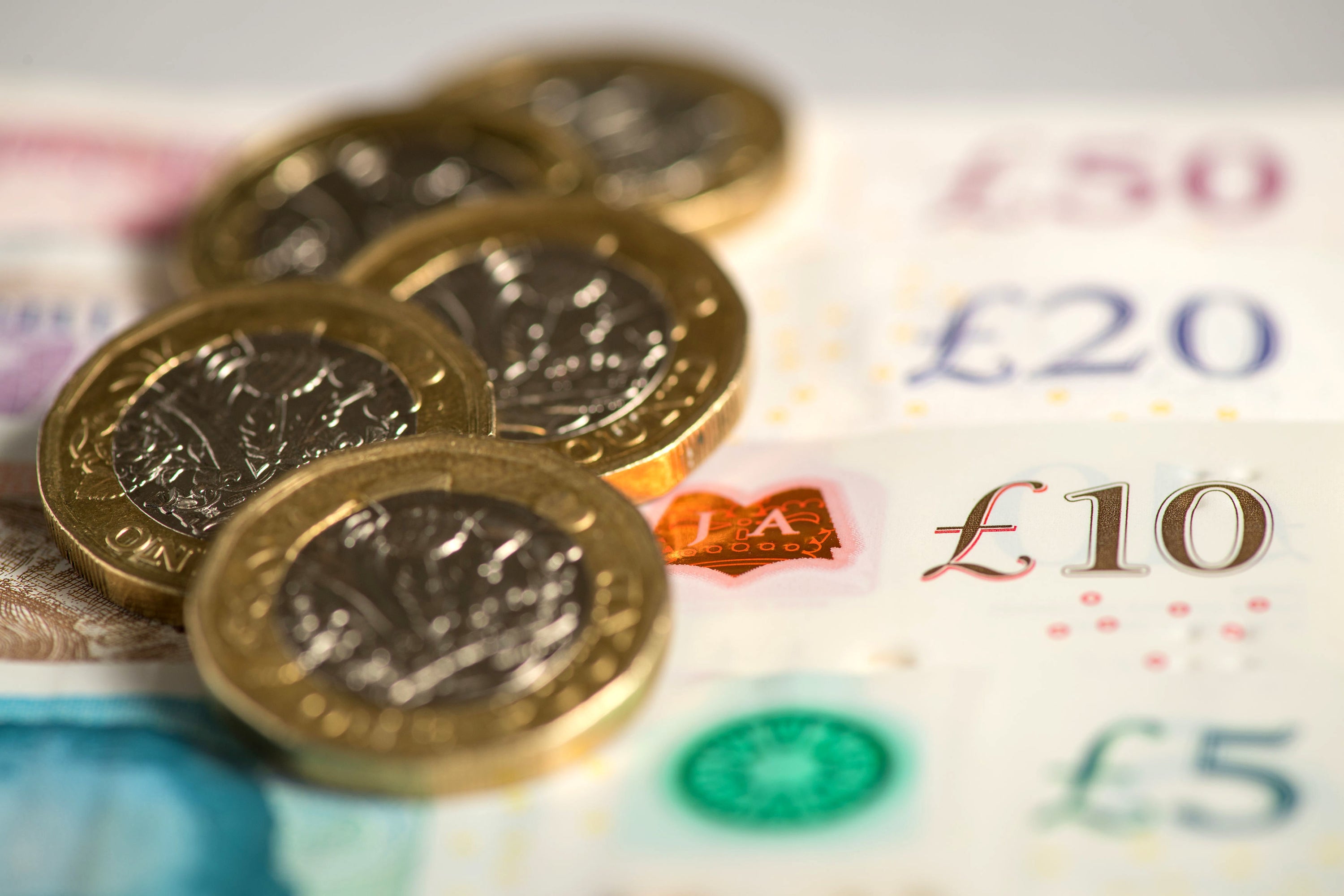Wealth of the richest one per cent in UK more than 230 times that of the poorest ten per cent, ONS says
Wealth inequality was intrenched before the coronavirus pandemic, experts say

Your support helps us to tell the story
From reproductive rights to climate change to Big Tech, The Independent is on the ground when the story is developing. Whether it's investigating the financials of Elon Musk's pro-Trump PAC or producing our latest documentary, 'The A Word', which shines a light on the American women fighting for reproductive rights, we know how important it is to parse out the facts from the messaging.
At such a critical moment in US history, we need reporters on the ground. Your donation allows us to keep sending journalists to speak to both sides of the story.
The Independent is trusted by Americans across the entire political spectrum. And unlike many other quality news outlets, we choose not to lock Americans out of our reporting and analysis with paywalls. We believe quality journalism should be available to everyone, paid for by those who can afford it.
Your support makes all the difference.The wealth of the richest one per cent of households is more than 230 times that of the poorest 10 per cent, according to new analysis from the Office of National Statistics.
The top 1 per cent of households have wealth of more than £3.6m each, while the top 10 percent hold 43 per cent of all the wealth in Great Britain.
This is compared to the household wealth of £15,400 or less for the poorest 10 per cent. The figures, published on Friday, reveal that the richest people in the UK have household wealth that is around 233 times higher than the wealth of some of the poorest in society.
The data, which looks at the period between April 2018 and March 2020, showed that the bottom 50 per cent of the population hold only 9 per cent of the country’s wealth.
Among the poorest 10 per cent of households, almost half held more financial debt than they did assets.
The figures also shed light on the challenges faced No 10 in their new levelling up strategy.
Analysis of the geographical spread of the UK’s household wealth found that the median wealth in the South East was the highest in the country, at £503,400. This figure – once adjusted for inflation – has risen by 43 per cent since 2006.
Comparatively median household wealth in the northeast stood at £168,500.
Some regions, such as the northeast and Scotland, have seen a decrease in wealth compared to the previous period of April 2016 to March 2018. They both experienced an inflation-adjusted fall in wealth of 7 per cent and 12 per cent respectively.
London also experienced a large decrease of 8 per cent, while the east of England and the west Midlands saw the largest growth – of 14 per cent and 13 per cent for each.
The figures also showed that older households, rather than younger, are more likely to enjoy higher wealth.
Median wealth for households where the head was aged 55-65 was 25 times higher than youngest households (aged 16 to 24).
While age was an indicator of how much wealth someone had, gender was as well. Women had lower individual wealth than men – down £101,000.
The same was true of those with longstanding disabilities – down £65,000 compared to those without – and for other characteristics, such as for some ethnic minority groups and for those identifying as bisexual.
Total net wealth was calculated using four main components. These were “net property” (the value of your house or flat minus mortgage debt), “physical” (household contents, vehicles etc), private pension, and “net financial” (sum of your total savings or investments).
The median household net wealth for Britain was £302,500, a marginal increase from the previous two years.
However, when compared with the period between July 2006 to June 2008, this is a 20 per cent jump.
Researchers at the London School of Economics, Arun Advani and Hannah Tarrant, argued that the ONS figures had underestimated the share of wealth going to the richest households and that the analysis failed to account for business wealth.
They also highlighted that in the ONS data the “wealth differences between households from different ethnic groups are stark”.
“Households whose ‘household reference person’ [main respondent to the survey] is of white ethnicity are four times more likely to have wealth in excess of £500,000 than households with a black African reference person,” they wrote.
“Pakistani and Indian households are less likely to hold pension wealth, with home ownership being more important in their asset holdings.”
Krishan Shah, a researcher at the Resolution Foundation, reacted to the figures, saying: “With wealth inequality remaining high and unchanged, this means that Britain’s huge absolute gaps in wealth have continued to grow.
“With limited financial resources to protect them from economic shocks, the poorest households were undoubtedly in the worst position heading in to the pandemic. Policymakers need to help those worst-affected build financial resilience ahead of future shocks.”
This article was amended on 22 February 2022. It had previously stated that the top 1 per cent of households hold 43 per cent of all the wealth in Britain, but this was an error. It is in fact the top 10 per cent.
Join our commenting forum
Join thought-provoking conversations, follow other Independent readers and see their replies
Comments